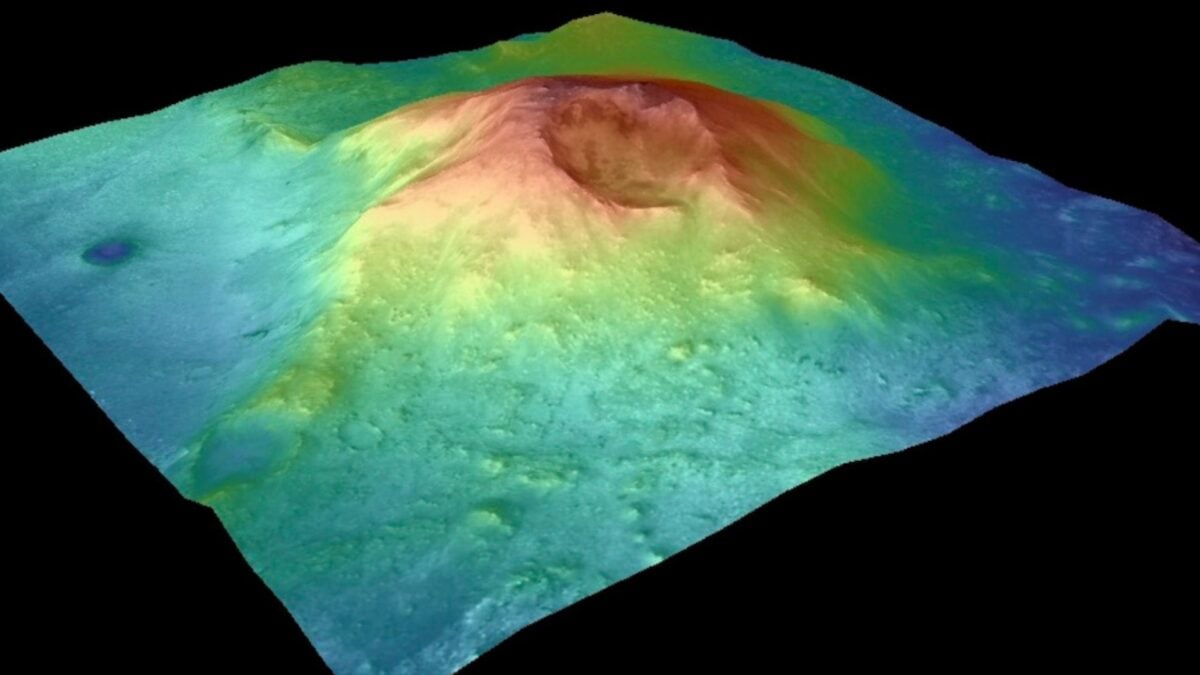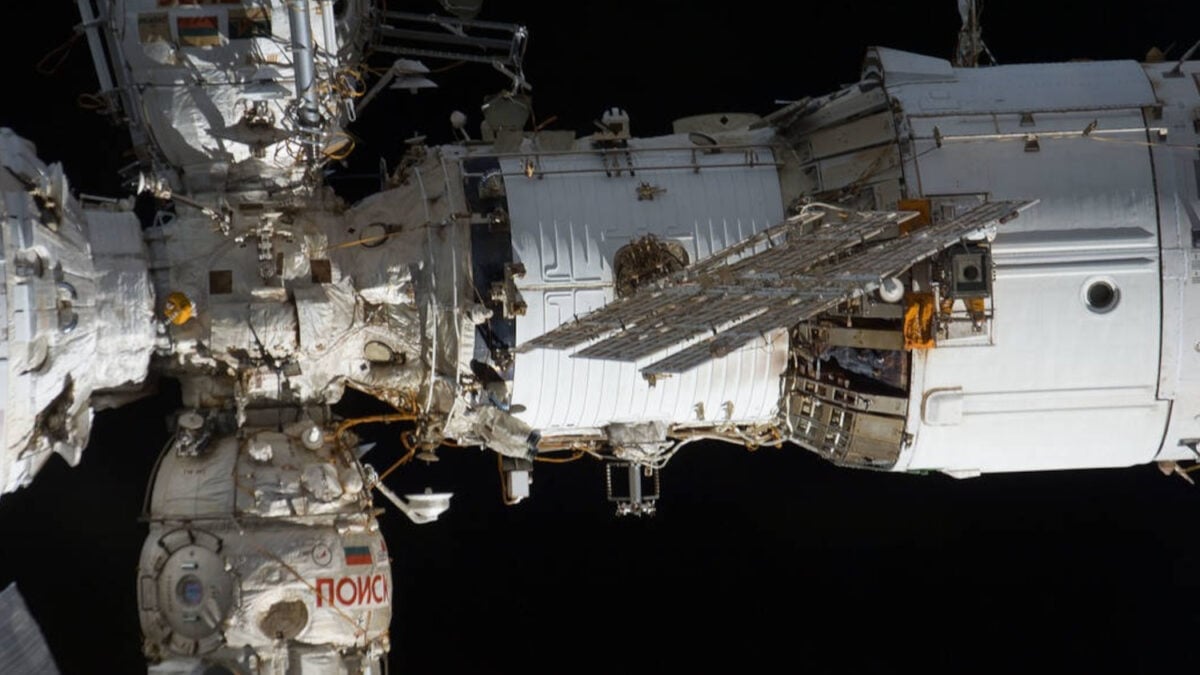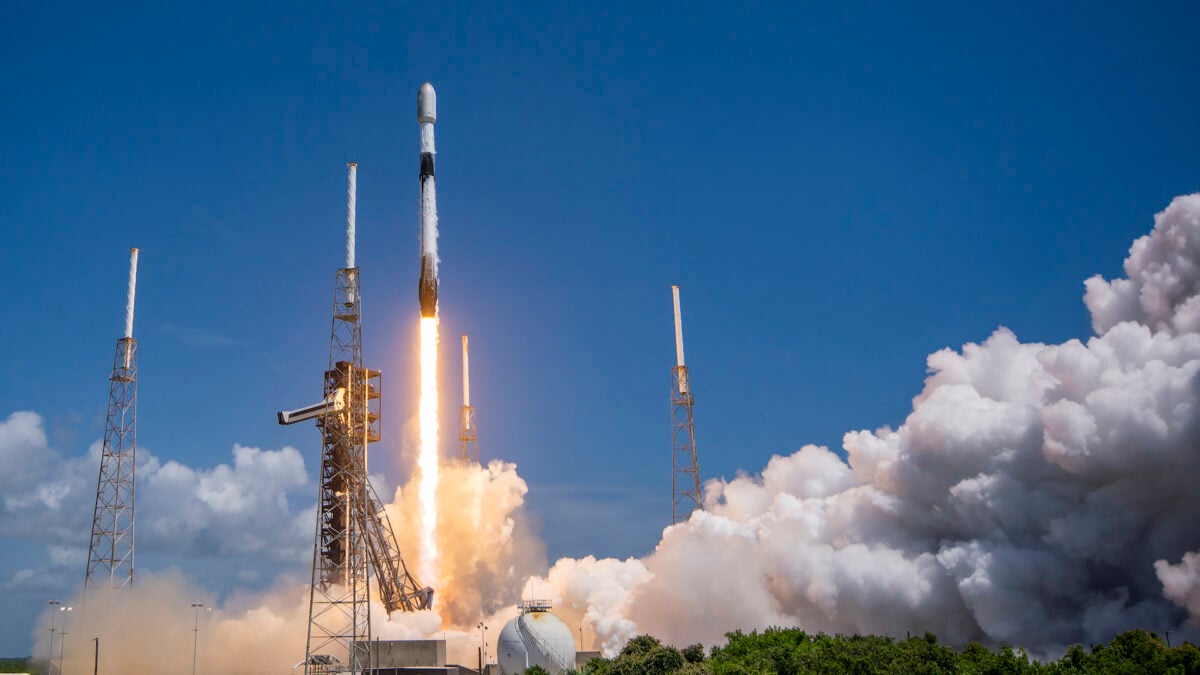Mars, with its scarred landscape of craters, vast canyons, and enigmatic formations, offers tantalizing clues to a dynamic geological history. Scientists are now focusing on a specific feature that could unlock more secrets of the Red Planet’s past. A recent study suggests that a prominent mountain on the rim of Mars’s Jezero Crater, known as Jezero Mons, might be a volcano that has remained unrecognized until now. This potential discovery could provide new insights into Mars’s geological evolution and the historical conditions for ancient Martian life.
The research, published in the May issue of the journal Communications Earth & Environment, substantiates long-held suspicions about Jezero Mons’s volcanic nature. By analyzing data from three Mars orbiters and NASA’s Perseverance rover, the scientific team identified compelling similarities between this mountain and previously confirmed explosive volcanoes on both Mars and Earth.
“Jezero Crater is one of the best studied sites on Mars. If we are just now identifying a volcano here, imagine how many more could be on Mars,” stated corresponding author James Wray, a professor of astrogeology and remote sensing at Georgia Tech, in a university announcement. “Volcanoes may be even more widespread across Mars than we thought.”
Unveiling a Potential Martian Volcano
Professor Wray suspected Jezero Mons was a volcano since his first observation in 2007. “I was looking at low-resolution photos of the area and noticed a mountain on the crater’s rim,” he recounted. “To me, it looked like a volcano, but it was difficult to get additional images.” At that period, Jezero Crater itself had only recently been identified. Once scientists established its likelihood as an ancient lake bed, imaging efforts concentrated on its aqueous history, focusing on the side opposite Jezero Mons.
A significant development occurred shortly after NASA’s Perseverance rover landed in Jezero Crater in 2021. The rover, tasked with collecting Martian surface samples to search for signs of past life, investigate planetary climate and geology, and prepare for future human exploration, soon provided crucial data. Analysis from Perseverance revealed that the crater floor was not sedimentary, as anticipated for a former lakebed, but was instead composed of volcanic rock.
This finding led Wray to question if this igneous rock could have originated from Jezero Mons. He collaborated with lead author Sara Cuevas-Quiñones, then a graduate student at Brown University participating in a summer undergraduate research program with Wray, to investigate this possibility.
Piecing Together the Volcanic Puzzle
Wray, Cuevas-Quiñones, and their colleagues meticulously analyzed a combination of data from the Mars Odyssey Orbiter, Mars Reconnaissance Orbiter, ExoMars Trace Gas Orbiter, and the Perseverance rover to “puzzle this out,” as Wray described. This extensive dataset enabled the researchers to gain a more profound understanding of Jezero Mons’s characteristics and compare them to known volcanic structures.
Their investigation revealed that the size and shape of Jezero Mons are analogous to other Martian volcanoes, such as Zephyria Tholus and Apollinaris Tholi, and even to Mount Sidley in Antarctica. Furthermore, the team determined that the surface of Jezero Mons shows a scarcity of impact craters and exhibits poor heat retention—both indicators consistent with a covering of volcanic ash. Sections of the peak’s northwestern flank also displayed features resembling the edges of past lava flows that appear to extend to the crater floor, potentially explaining Perseverance’s discovery of igneous rock there.
Implications for Ancient Mars and the Search for Life
While these observations do not constitute definitive proof that Jezero Mons is a volcano, they represent some of the most compelling evidence gathered by experts to date. This discovery is a significant development in the ongoing search for evidence of past life within Jezero Crater. A volcano situated in such close proximity to this ancient lake could have generated hydrothermal activity, which is a potential energy source that might have sustained microbial life forms in Mars’s distant past.
The research team is now eagerly awaiting the return of samples collected by Perseverance. Radioisotope dating of these igneous rocks, once back on Earth, could determine their precise age. This information, according to the researchers, could then be used to more accurately estimate the age of Jezero Crater itself, offering invaluable insights into the geological timeline of the Red Planet.
The Future: Martian Samples and Unanswered Questions
Currently, NASA and its international partners are evaluating strategies for the Mars Sample Return (MSR) mission, with no firm plan yet in place to bring the collected rocks and dust back to Earth. The agency is reviewing two distinct MSR mission architectures, aiming to confirm the program’s direction in 2026. However, the proposed 2026 budget by the U.S. administration poses a threat to this initiative. If Congress approves the budget, it would terminate the MSR mission, citing significant cost overruns and suggesting its objectives could be met by future human missions to Mars.
Despite these challenges, Wray remains optimistic about accessing Perseverance’s findings. “If these samples are returned to Earth, we can do incredible, groundbreaking science with them,” he affirmed. The potential knowledge locked within these Martian samples underscores the importance of continued exploration and research.











